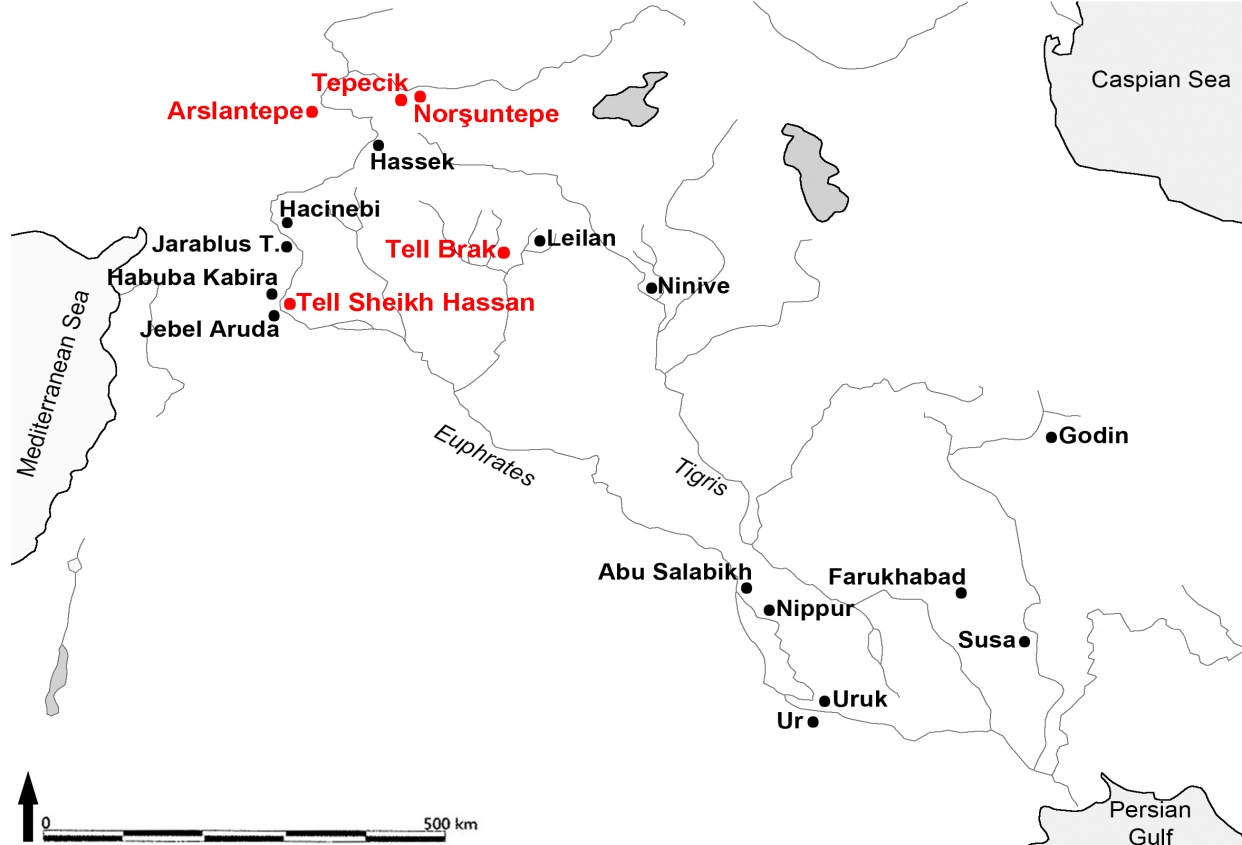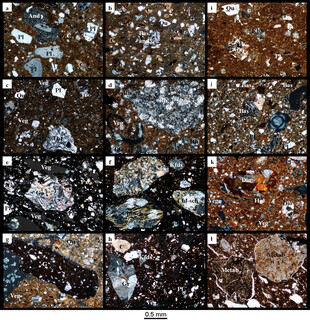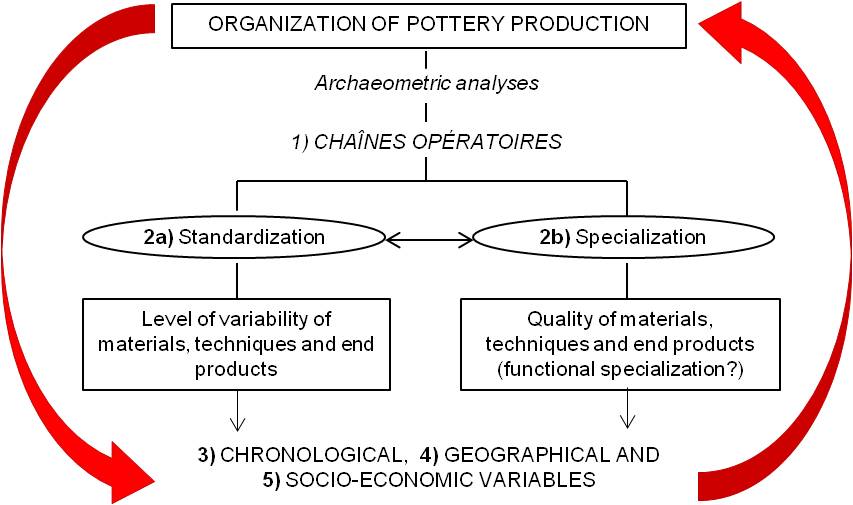A diachronic approach for the characterization of the production organization
Characterization of the settlement of Arslantepe
The tell of Arslantepe-Malatya is located in eastern Anatolia in the region of the upper Euphrates and has been explored by the La Sapienza University (Rome) since 1961. The research has revealed a stratigraphic sequence covering several millennia and spanning from the late Chalcolithic to the Byzantine period. Arslantepe appears to have been a political and economic center dominating the region along the upper Euphrates for a long period of time and through interaction with Anatolian, Transcaucasian, and southern Mesopotamia populations it was a hub of different cultural influences.
Methods and materials
The organization of ceramic production must be studied from a chaîne opératoire-perspective, i. e. from a sequence of decisions that led from the extraction of the raw materials and transformative processes to a finished vessel. Of the various analytical methods, non-destructive observations with the naked eye, hand lenses, optical microscopes, as well as petrographic and geochemical analyses play an important role because they provide information about the entire production process. Additional methods (RFA-WDS, XRD, REM-EDS, MGR, xeroradiography) are applied to select samples in order to better define certain steps in the production sequence.
Most samples – those already studied and those awaiting study – come from different contexts of Arslantepe and date to the late Chalcolithic to Iron Age (4250–712 BCE). Over the course of the long settlement history that culminated in the emergence of a neo-Hittite capital far-reaching economic, cultural, and political changes took place that are reflected in the ceramic production organization. Furthermore, the ceramic production from the northern Mesopotamian settlements will be studied: from Norşuntepe in eastern Anatolia and Tepecik in the Elazığ region; from northern Syria Tell Sheikh Hassan along the shore of the central Euphrates and Tell Brak along the upper Chabur/Jazira.
Significance of the current results
The current results illustrate the considerable significance of archaeometric analyses for the detailed investigation of standardization processes, specialization, technological innovations, and persistent traditions of ceramics production over long periods of time and wide geographic areas with significant social change.
The archaeometric analyses of ceramics from Arslantepe (Province Malatya) and other northern Mesopotamian settlements with time sequences spanning several millennia will contribute to studying the degree and form of craft specialization and standardization in relation with the advent of social complexity that led to the formation of the first states.
Principal Investigator
Cooperations
- Marcella Frangipane (Università di Roma La Sapienza)
- Mehmet Özdoğan (İstanbul Üniversitesi)
- Augusta McMahon (Cambridge University)
- Harald Hauptmann (University of Heidelberg)
- Friederike Bachmann (Berlin State Museums)
- Reinhard Bernbeck (Free University Berlin)
- Gerwulf Schneider (Free University Berlin)
Duration
since March 2015
Funding
- Dahlem Research School
- Free University Berlin


